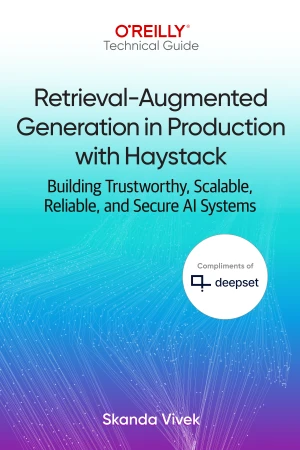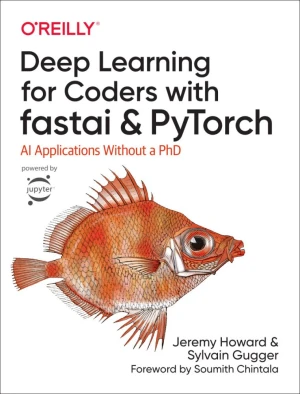Large Language Models in Cybersecurity
Threats, Exposure and Mitigation


Book Details
| Authors | Andrei Kucharavy, Octave Plancherel, Valentin Mulder, Alain Mermoud, Vincent Lenders |
| Publisher | Springer |
| Published | 2024 |
| Edition | 1st |
| Paperback | 247 pages |
| Language | English |
| ISBN-13 | 9783031548260, 9783031548291, 9783031548277 |
| ISBN-10 | 3031548264, 3031548299, 3031548272 |
| License | Creative Commons Attribution |
Book Description
This open access book provides cybersecurity practitioners with the knowledge needed to understand the risks of the increased availability of powerful large language models (LLMs) and how they can be mitigated. It attempts to outrun the malicious attackers by anticipating what they could do. It also alerts LLM developers to understand their work's risks for cybersecurity and provides them with tools to mitigate those risks.
The book starts in Part I with a general introduction to LLMs and their main application areas. Part II collects a description of the most salient threats LLMs represent in cybersecurity, be they as tools for cybercriminals or as novel attack surfaces if integrated into existing software. Part III focuses on attempting to forecast the exposure and the development of technologies and science underpinning LLMs, as well as macro levers available to regulators to further cybersecurity in the age of LLMs. Eventually, in Part IV, mitigation techniques that should allow safe and secure development and deployment of LLMs are presented. The book concludes with two final chapters in Part V, one speculating what a secure design and integration of LLMs from first principles would look like and the other presenting a summary of the duality of LLMs in cyber-security.
This book is available under a Creative Commons Attribution license (CC BY), which means that you are free to copy, distribute, and modify it, as long as you give appropriate credit to the original author.
If you enjoyed the book and would like to support the author, you can purchase a printed copy (hardcover or paperback) from official retailers.
Download and Read Links
Share this Book
[localhost]# find . -name "*Similar_Books*"
Retrieval-Augmented Generation in Production with Haystack
In today's rapidly changing AI technology environment, software engineers often struggle to build real-world applications with large language models (LLM). The benefits of incorporating open source LLMs into existing workflows is often offset by the need to create custom components. That's where Haystack comes in. This open source framework is a co
Load Balancing in the Cloud
Use of redundant servers has long been a solution for meeting sudden spikes in demand, machine failures, and outages. Cloud services greatly reduce the cost and hassle of provisioning redundant equipment and load balancers and give you the ability to deal with separate network, application, and client-side loads. But today there are many options to
Building Secure and Reliable Systems
Can a system be considered truly reliable if it isn't fundamentally secure? Or can it be considered secure if it's unreliable? Security is crucial to the design and operation of scalable systems in production, as it plays an important part in product quality, performance, and availability. In this book, experts from Google share best practices to h
You Don't Know JS Yet: Scope and Closures, 2nd Edition
The worldwide best selling You Don't Know JS book series is back for a 2nd edition: You Don't Know JS Yet. All 6 books are brand new, rewritten to cover all sides of JS for 2020 and beyond. You'll still get in-depth coverage of the core language, applied in useful code organization patterns for your programs. And of course, through Kyle's unique pe
Artificial Intelligence and Librarianship, 3rd Edition
This open book provides a comprehensive and technically grounded exploration of Artificial Intelligence (AI) and Machine Learning (ML) within the context of modern librarianship and information science. Authored by Martin Frické, it moves beyond theoretical discussion to focus on practical applications and the underlying architecture of contempora
Deep Learning for Coders with Fastai and PyTorch
Deep learning is often viewed as the exclusive domain of math PhDs and big tech companies. But as this hands-on guide demonstrates, programmers comfortable with Python can achieve impressive results in deep learning with little math background, small amounts of data, and minimal code. How? With fastai, the first library to provide a consistent inte






